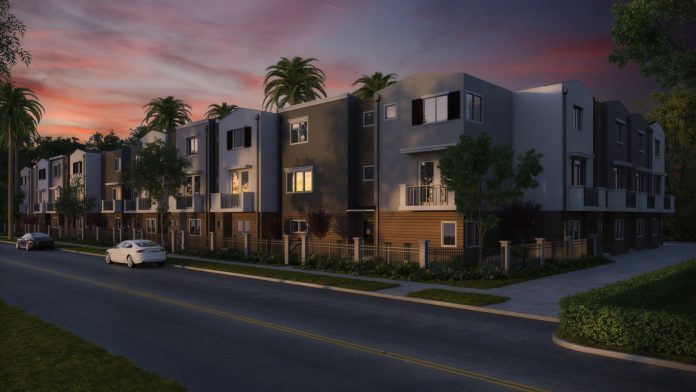Moving into the world of commercial real estate can be pretty intimidating. It’s a different world, but it’s a lot simpler than you probably think. That’s especially true of apartment buildings. If you can own a rental property, you can handle owning an apartment building.
The rent roll, and understanding the investment’s income potential
When you buy an apartment building, you are fundamentally buying the same asset as a single rental property — a place for someone to live. The difference of course is that instead of a single home with one lease, an apartment building has multiple homes with multiple tenants all on the same property.
Therefore, when evaluating an apartment building, you will want to review both the property’s profit & loss (P&L) statement and a document called a “rent roll.”
The P&L is obvious — just like you’d want to review a rental home’s historical income and expenses, you also need to see the apartment building’s profits over time as well. Don’t just accept the P&L given to you by the seller as 100% accurate. Review it with a critical eye and make sure that the profits haven’t been inflated to make the investment look more attractive than it really is.
The rent roll may be a new concept for beginning apartment investors. The rent roll is a list of all the current tenants with a summary of the terms of their lease. You’ll see that Unit A is a two-bedroom leased for Kes 20,000 per month to John Doe. You’ll see that Unit B is a studio apartment leased to Jane Doe for Kes 8,000 per month, and so on for every unit in the complex.
Understanding the apartment’s value
An appraisal on a single-family residence is pretty straight forward. The appraiser finds some comparable homes, adjusts the values based on differences in the properties, and then estimates the subject property’s value based on that research.
Apartment appraisals are a different animal.
To find the value of the property, first you must estimate how much profit the property will likely generate per year. That means total income, less vacancy, less expenses. This figure is referred to as the net operating income of the property, or its NOI.
The next step is a bit more art than science. Using comparable apartments sold in the past few months, the appraiser will compare the ratio between the sales price and the property’s NOI. For a stock, this would be comparable to the price-to-earnings ratio.
A RUNDOWN APARTMENT IN A DECLINING AREA WILL BE CHEAPER AND HAVE A HIGHER CAP RATE.
In the world of real estate, this ratio is called the capitalization rate, or cap rate, and it’s calculated by dividing earnings into the price. Think of it as the inverse of the P/E ratio, and it’s shown as a percentage instead of a multiple.
Therefore, a lower cap rate indicates a more expensive price relative to the property’s income-generating ability.
For example, a highly sought after property in a very strong local market may have a cap rate of 6%, making it pretty expensive (the equivalent of a high P/E ratio in stock market terms). It’s expensive because the property’s NOI is just 6% of its total value. A lesser property in a lesser market may be cheaper with a cap rate of 13%.
Apartment buildings are a big ticket purchase. You’ll want financing.
Taking out a bank loan to purchase the apartment building is typical. These investments can be huge, so some debt is expected to achieve a more acceptable return on investment.
For retail investors, most banks will require at least a 15% down payment, if not more. Each bank has varying requirements and will look at each deal on a case-by-case basis. It’s in your best interest to shop around. Interest rates and other loan terms will vary, but anticipate a five- to 10-year loan with payments based on a 15- to 20-year amortization.
All of these terms are negotiable. Don’t be afraid to push back on the bank, especially if you receive approvals from more than one institution.
Kenya Homes has Apartment Blocks for Sale:









